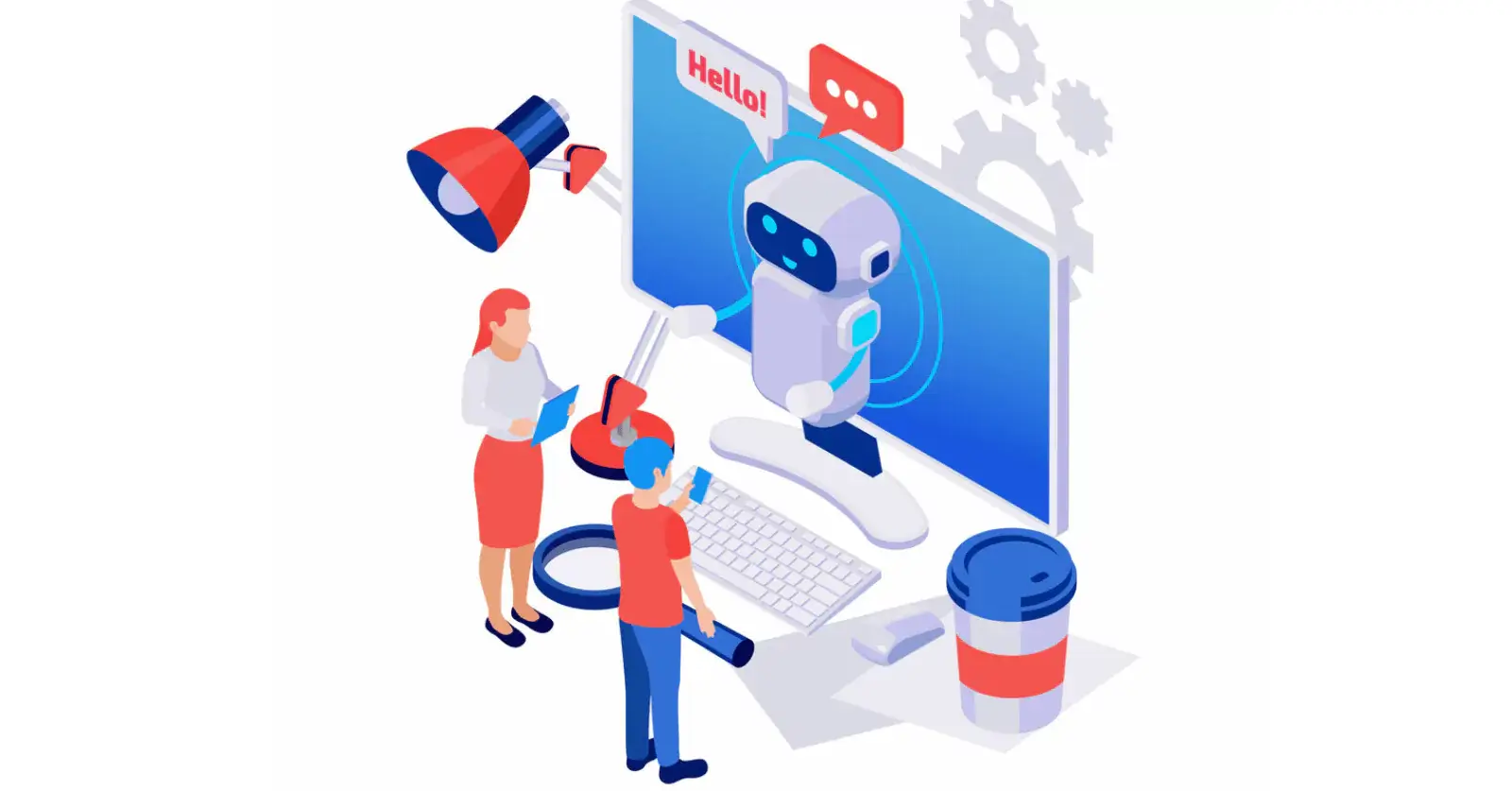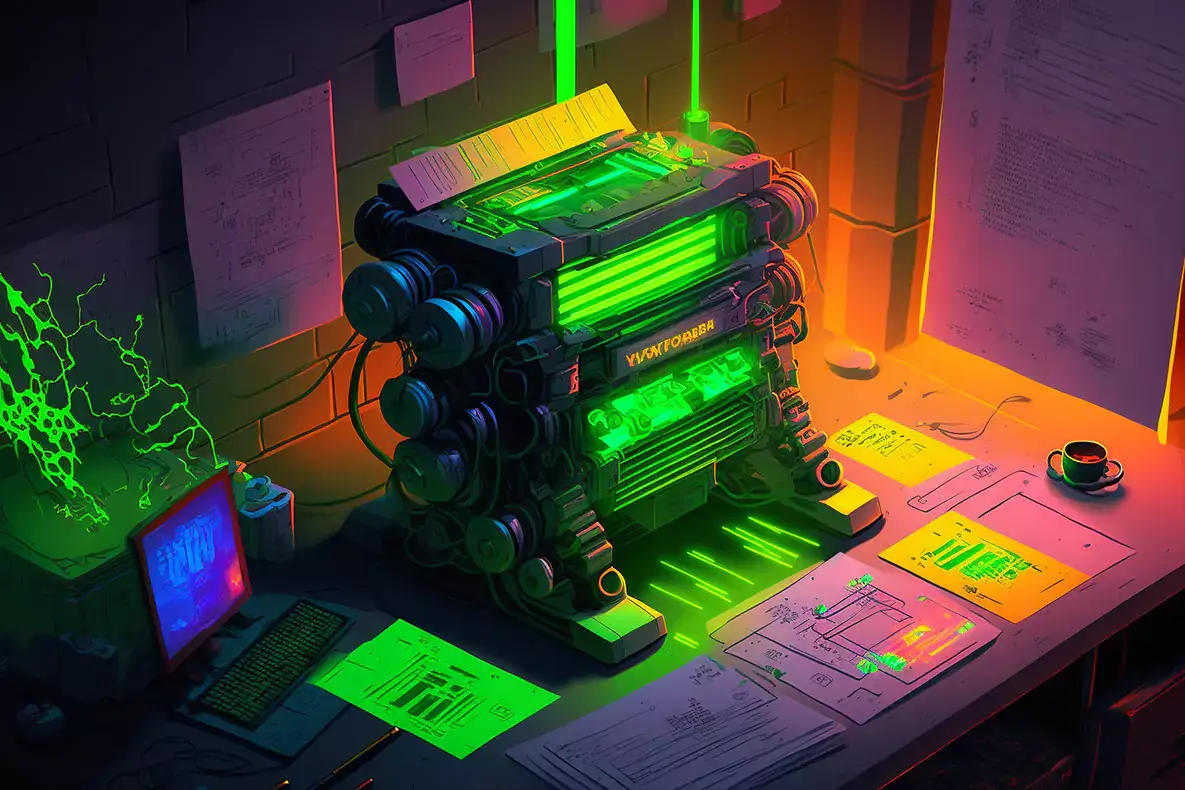
Can Google Really Detect AI-Generated Content? Find Out Here
Google has developed algorithms that can detect AI-generated content. However, AI is also advancing, making it harder for these algorithms to distinguish between human and machine-generated content.
Artificial intelligence increases value in various fields, including content generation, with the increasing world of technology. This also led to thinking about the authenticity and credibility of online content. As AI-generated articles increase on the internet, this raises a question: can google really detect AI content?
So, today we will discuss AI-generated content, the type of content that can be generated using AI, how Google detects AI content, and ways to avoid Ai-detection and its major drawbacks.
Understanding AI-Generated Content
Before starting the main topic of can google really detect AI content, let’s discuss what AI-generated content is. The content that is created with the help of AI or machine learning models is AI content.
These models are trained by using algorithms to generate AI content that is likely to be human content but not in actuality. The content can be simple text, images, or even videos.

AI recently gained attention worldwide with its major feature of automating tasks in less time, like writing articles, producing product reviews, or even creating social media posts.
However, it also raises concerns about misinformation, propaganda, and the erosion of trust in online sources. So if you are concerned about “What type of content can be generated using AI,” here’s a detailed answer.
Types of AI Content
Many types of content AI generate range from text to images, audio, and videos. Here you can read the kind of AI-generated content.
Text Generation:
The first one is the next generation. AI can generate texts like articles, descriptions of products and blog posts, social media captions, and more. This even includes chatbot responses.
Image Generation:
AI models can generate realistic images that resemble photographs or illustrations, including original artwork, landscapes, and portraits.
Music Generation:
Original musical compositions, including melodies, harmonies, or even lyrics, can be generated by artificial intelligence.
Video Generation:
AI models can generate videos by combining and manipulating existing footage or images.
This also includes
- VR and AR generation
- Programming codes
- Predictions of financial data
- And NLP
How to Test Your Content for AI Detection

For valuable and creative content, passing your content through detection algorithms and identifying the content as authentic is important. Here are some strategies to test your content via some good tools like AI Content Detector:
Grammar and Coherence:
Content often has grammar issues, so it’s important to proofread your content to avoid grammar mistakes. AI tools cannot generate content with 0% grammar mistakes and cannot maintain logical flow.
Check Plagiarism:
Make sure that your content is unique and consistent with existing sources is crucial. Plagiarism checkers can help identify any potential overlaps with existing content.
Contextual Understanding
You should test your content with content-specific queries or scenarios because AI struggles to answer specific contextual cues.
Engagement and Interactivity
You can test your content by engaging in a dialogue by asking queries, assessing if the responses are relevant and coherent, and demonstrating a genuine understanding of the conversation.
How Can Google Detect AI Content?
If your concern is “can google really detect AI content” and how it detects it? Using several methods, google can detect AI-generated content. It can also maintain the integrity of its search result. The algorithms and techniques help google to identify Ai-content.
Here are some key approaches that Google likely employs:
Pattern Analysis:
The algorithms Google uses can analyze patterns and features in the text to test the AI-generated content. They examine grammar, syntax, linguistic structures, and other textual characteristics.
Comparison with Known AI Models:
Google has data on a range of AI models and their characteristics. It can compare the content with these models to identify the similarities. This method helps to stay updated on the latest AI technologies.
Natural Language Processing (NLP):
NLP technique helps google to detect and understand the context and semantic structure of the content. How do these algorithms work? They can detect inconsistencies and use unnatural language that indicates as AI-content.
Machine Learning:
As AI technology advances, Google’s machine learning models evolve to adapt to new content generation techniques.
Is AI Content Bad for SEO?

The impact of AI-generated content on SEO depends on various factors. While AI content is not inherently bad for SEO, there are considerations to consider, like Quality and Relevance, Originality and Uniqueness, and SEO Strategy.
Your content should also provide a positive user experience and follow legal concerns.
Drawbacks of Using AI-Generated Content
Here are several drawbacks of using AI-generated content:
Lack of Creativity and Originality:
AI-generated content uses patterns and information from existing sources to create new content. However, because it relies on this existing data, it may need help to develop truly unique and creative ideas.
Instead, it may produce content that feels repetitive or follows a predictable pattern. This lack of creativity and originality can impact the value and distinctiveness of the content.
Inconsistencies and Errors:
The content generated by any AI tool contains inconsistencies and errors, and the content is not accurate, which can impact the reliability of the content. No matter if there are now much more advanced AI tools, but still produce content with factual inaccuracies. So it is crucial to create accurate content.
Ethical Concerns:
When an AI tool generates content, the content can have copyright issues. Additionally, the potential for AI-generated content to spread misinformation or manipulate public opinion highlights the need for responsible use and ethical guidelines.
Dependency on Data Quality:
The quality of AI-generated content depends on the training data. Only partial or complete data can result in biased content. Careful consideration of training data is necessary to mitigate biases.
Tips To Avoid Ai Detection By Google

You can avoid AI detection by Google by using these tips:
Make Your Content Feel Like Human Content
Create well-written content that contains emotions to make contact with your users.
Content Should Be Accurate
AI’s information is most likely inaccurate, which is also the major drawback of using AI. So your content should be proofread and doesn’t contain any wrong or irrelevant information.
Keyword Research:
Conduct keyword research to identify valuable keywords relevant to your content. Using keywords naturally within your content, including titles, headings, and meta tags.
The Content Should Follow EEAT Guidelines
The word EEAT stands for;
- Experience,
- Expertise,
- Authoritativeness, and
- Trustworthiness.
It’s a Google guideline to identify valuable content.
As a content creator, you should be experienced and have skills in the range. Additionally, your content should be authoritative, and you must build trust among your audience.
FAQs
Indeed, Google does examine content to identify AI-generated material and ensure the accuracy of its search results. However, Google’s specific techniques and algorithms are kept confidential and not publicly shared.
The Originality tool can detect AI content in texts generated by GPT-4, GPT-3, GPT-3.5, and ChatGPT with an average accuracy of 99.41%. GPT-3 has the highest average score of 99.95%, followed by GPT-3.5 at 99.65%, and ChatGPT with a score of 98.65%
Wrapping Up:
If you are using AI tools to generate and post content on the internet and are concerned about whether “can google really detect AI content you are posting.”. The answer to the question is yes, google, with the help of machine learning algorithms, can detect the content that AI generates.
In simpler terms, these algorithms can identify patterns in the text that suggest the presence of AI-generated content. If you want to rank your website on googles’ search engine, follow the steps defined in this article to avoid any issues.
Moreover, it would be best to focus on the drawbacks of using AI content because it can affect your website’s rankings and experience with the audience.
Read More;
Let’s dive in! Get started for free
